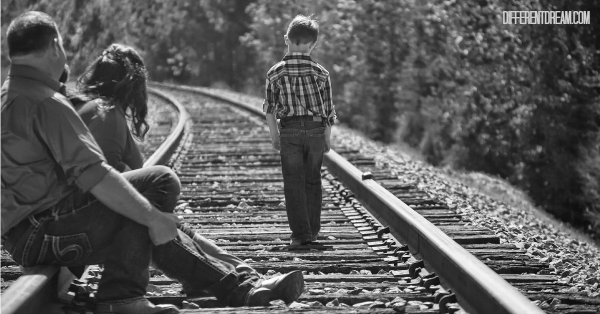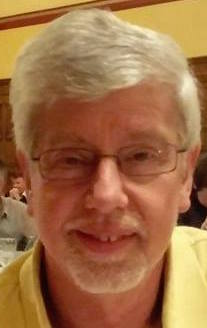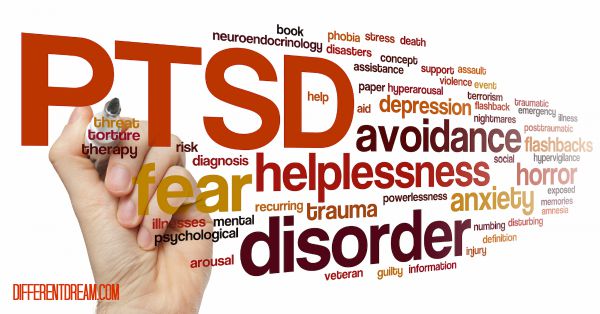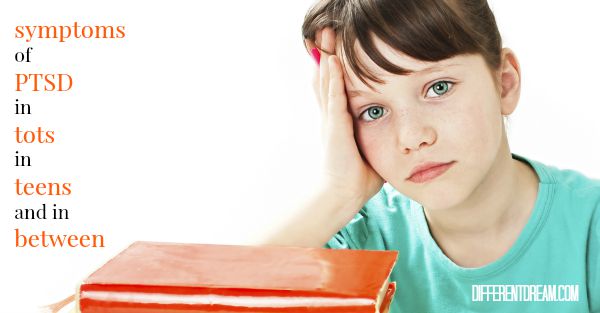Creating a Legacy of Love and Hope for Children with PTSD

Too often, discussions about children with PTSD descend into a litany of gloom and doom. Foster and adoptive parent, Kim Combes, who is also a mental health therapist, is here with words of hope and encouragement for those caring for children with PTSD.
Creating a Legacy of Love and Hope for Children with PTSD
“Trauma changes the biology of the brain,
but just ONE secure, loving and nurturing relationship
also changes the biology of the brain.”
Dr. Bruce Perry
Dr. Bruce Perry is my “rock star” in the human service field. He and his researchers are on the cutting edge of investigating children with PTSD, and how it affects those who have come from very difficult and traumatic backgrounds. In fact, I utilize his materials as I do my own presentations which are geared towards foster/adoptive parents, social workers, teachers, day care providers and others – all of whom have children with difficult and challenging behaviors in their charge.
Gloom and Doom for Children with PTSD
Having been in the counseling arena in some capacity or another for over three and a half decades, I can confirm the veracity of the above quote. Research has shown tangible evidence of the heinous results of trauma…relationships that have been marred by such things as neglect, physical and sexual abuse, domestic violence, and substance abuse in children’s lives.
MRI scans clearly show brain dysfunction in those with multiple ACEs (Adverse Childhood Experiences), pictures that resemble the “dark side of the moon” with black crater-like imaging throughout. However, when the same child is placed in a thriving environment in as little time as 6 months to a year, with all needs being met, an MRI photo will start showing bright colors – reds, purples, etc., displaying areas where healing is taking place and synapses are connecting in healthy ways.
It was formerly thought that once a brain was damaged, repair was not an option. Studies have since conclusively shown that previous thinking was in error. For example, my wife and I took our adoptive toddler son (born to parents both having intellectual disabilities) to a geneticist 17 years ago. It was thought by the placing social workers that Logan had some “syndrome,” the name of which I can no longer remember. Tests came back negative, thankfully, but I will always remember what the examining doctor told Diane and me. “You cannot change the hard drive a baby is born with, but you can enhance that hard drive by the software you put into it.” Wow, the validity of Dr. Perry’s research, reworded in computer terminology.
Hope for Children with PTSD and their Parents
As Logan grew we did our best to stimulate and challenge his brain while providing for him a safe and nurturing home environment. Now, at 17 1/2 years of age, he has already exceeded the prognosis we were given from professionals when we received him in our family at 10 1/2 months old. His brain, before he was removed from his bio-parents at 3 months, was in “failure to thrive” mode. Neglect of his basic needs so early on did indeed negatively affect him. Left for hours in a car seat by his caregivers, with very little or no stimulation, brought him close to death before DHS could place him in foster care. The software we installed upon his entrance into our family, did not completely reverse what genes and history did to his command center, but he is much further along than what genes and traumatic history would have initially dictated.
My son’s story is but just one of myriad stories I’ve heard from others or experienced firsthand over the course of my career. While PTSD indeed has severe consequences on children enduring tumultuous and chaotic situations, the outcomes do not have to be all gloom and doom. One does not have to be psychologically savvy to do profound work in helping overcome ACEs. Anyone can be audaciously present in a youngster’s life, creating an environment of hope and a legacy of love for those who desperately need both.
Do you like what you see at DifferentDream.com? You can receive more great content by subscribing to the quarterly Different Dream newsletter and signing up for the daily RSS feed delivered to your email inbox. You can sign up for the first in the pop up box and the second at the bottom of this page.

By Kim Combes
Mr. Kim Combes, M.Ed., has been in the human service field since 1980. He has been a residential treatment counselor/therapist, an educational aide, a DHS social worker, an in-home worker and foster/adoptive parent. Kim has fostered over 35 teen boys since 1994. He is currently a national presenter from Colo, IA, having spoken at numerous conferences across the U.S. Too, he and wife, Diane, have adopted five special needs children, with the youngest still at home. Kim is a published freelance writer. His book, Walk in a Manner Worthy: A Voice in the Foster and Adoptive Care Wilderness, was published in 2020.
Subscribe for Updates from Jolene
Related Posts
Why and How Childhood PTSD Is Often Misdiagnosed
This post examines factors that make an accurate diagnosis of childhood PTSD difficult. It also lists tips for getting the right diagnosis.
Childhood PTSD Symptoms in Tots, Teens, and In Between
Symptoms of childhood PTSD vary according to age. This post examines symptoms of PTSD in these age categories: birth to 3, 4 to 6, 7 to 12, and 13 to 18.
Why the Spotlight Is on PTSD in Children
What happened between 1982 & 2008 that moved awareness of PTSD in children into the spotlight? This post explains 4 breakthroughs that moved the field ahead.






0 Comments